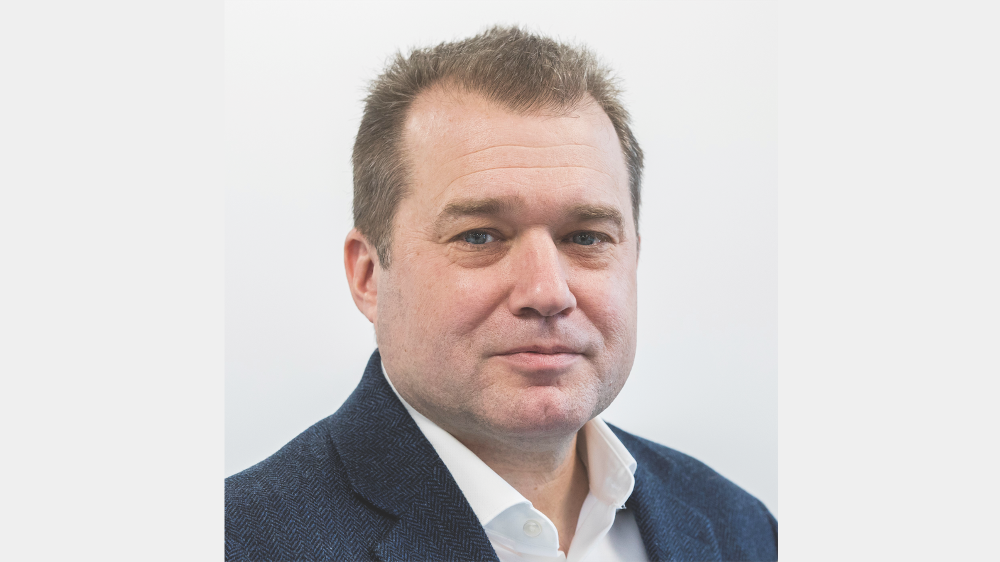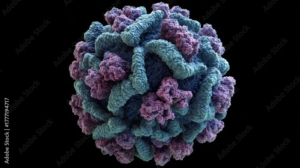
Emergency on planet AMR: a vital pipeline to protect
The recently released IACG report testifies that the antimicrobial resistance (AMR) problem is now receiving some echo at the political level. Literature exploring ways to fix the acknowledged market failure is growing. Stakeholder meetings deciphering the impact of the proposed models are being organised all over the world. Still, time is against us.
Big corporations have mostly left the field already, and SMEs are struggling to survive, as raising money is highly difficult in the AMR space. If nothing is done quickly, most companies will have gone out of business within the next two years. Who will be left to bring new antimicrobials all the way to the market?
The sooner we come up with practical solutions, the more SMEs (and currently developed products) we can save from vanishing. We won’t find one global solution. The complexity of the task upon us calls for a diversity of solutions, whose coordination may take some time. But, we need a first move to give the signal that changes are coming.
Significant progress has recently been made in implementing different PUSH financial incentives (CARB-X, etc.), and we are encouraging further extensions, possibly through the upcoming EU Horizon Europe framework programme. But, the recent failure of Achaogen reminds us that R&D financial de-risking is only one part of the solution. More should be done to attract private investors back to the field and ensure sustainable business.
The salvation may come from a range of PULL incentives. To be effective, the proposed mechanisms should provide a renewed investment profile and allow companies to present a viable business case.
As a first fix, reforms must be engaged to enforce the fair pricing assessment of antimicrobials’ societal value. Reimbursement protocols should also be modified to unleash the budgetary constraints that are currently preventing hospitals from delivering the most appropriate treatment to their patients. Finally, some buying commitment mechanisms should help to secure a minimal market uptake during the first commercialization years of the newly approved drugs. Otherwise, the Achaogen story will repeat over and over again.
More is needed to reshape a sustainable AMR market. But, without a quick start, there will soon be no companies left to support.
First published in European Biotechnology Magazine, Summer Edition 2019.


 Gilead Science
Gilead Science stock.adobe.photo.com/Popelniushka
stock.adobe.photo.com/Popelniushka  stock.adobe.com/Sadushi
stock.adobe.com/Sadushi